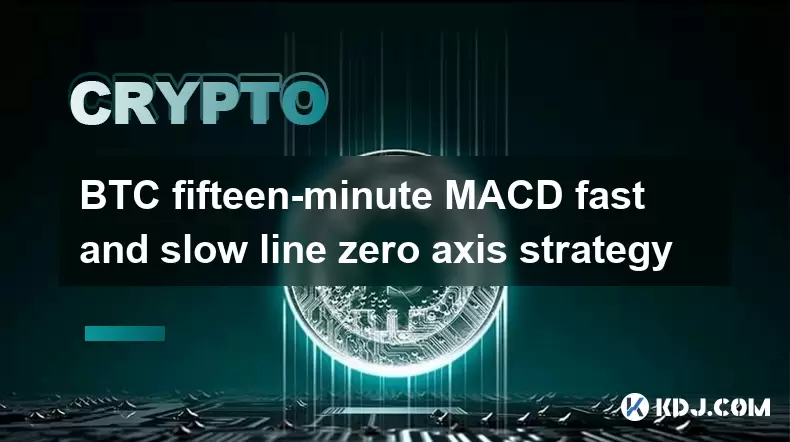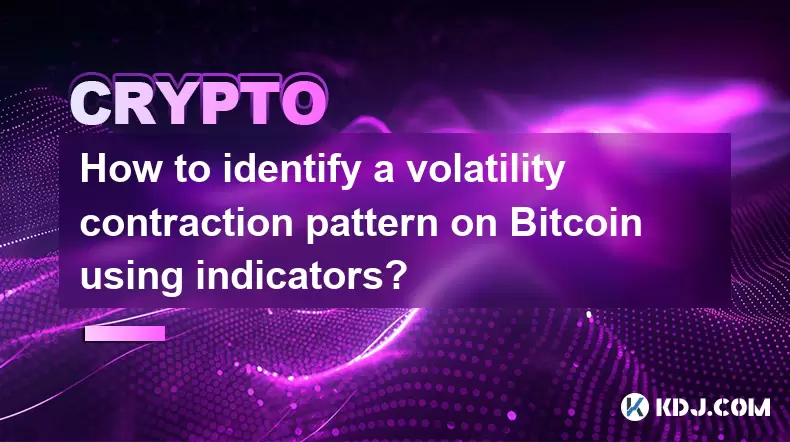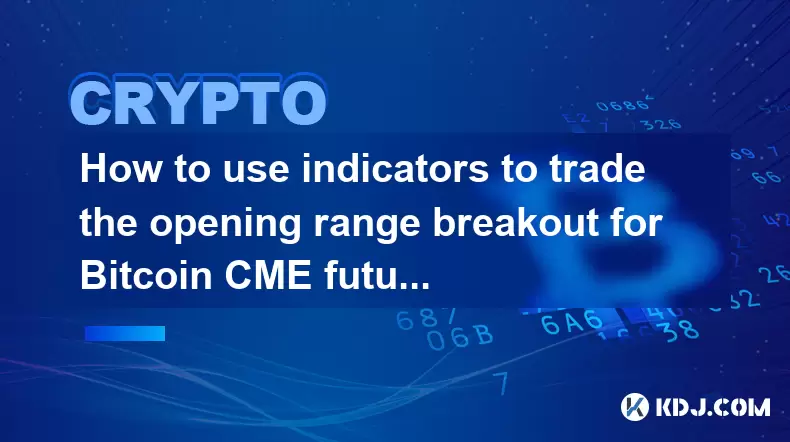-
 Bitcoin
Bitcoin $117900
0.31% -
 Ethereum
Ethereum $3766
0.28% -
 XRP
XRP $3.176
-0.31% -
 Tether USDt
Tether USDt $1.000
0.00% -
 BNB
BNB $795.6
1.51% -
 Solana
Solana $186.8
-1.09% -
 USDC
USDC $0.9999
-0.01% -
 Dogecoin
Dogecoin $0.2353
-1.33% -
 TRON
TRON $0.3226
1.49% -
 Cardano
Cardano $0.8172
-1.08% -
 Sui
Sui $4.178
3.06% -
 Hyperliquid
Hyperliquid $43.05
-3.39% -
 Stellar
Stellar $0.4367
-0.57% -
 Chainlink
Chainlink $18.62
1.47% -
 Hedera
Hedera $0.2828
6.63% -
 Bitcoin Cash
Bitcoin Cash $584.7
5.65% -
 Avalanche
Avalanche $24.81
2.53% -
 Litecoin
Litecoin $112.8
-0.88% -
 UNUS SED LEO
UNUS SED LEO $8.975
-0.08% -
 Shiba Inu
Shiba Inu $0.00001395
-1.07% -
 Toncoin
Toncoin $3.285
-1.05% -
 Ethena USDe
Ethena USDe $1.001
0.01% -
 Polkadot
Polkadot $4.123
0.76% -
 Uniswap
Uniswap $10.49
-0.18% -
 Monero
Monero $326.5
0.14% -
 Dai
Dai $0.9999
-0.02% -
 Bitget Token
Bitget Token $4.576
0.34% -
 Pepe
Pepe $0.00001247
-1.55% -
 Cronos
Cronos $0.1400
3.77% -
 Aave
Aave $295.1
-0.73%
BTC fifteen-minute MACD fast and slow line zero axis strategy
The fifteen-minute MACD strategy uses zero axis crossovers to identify potential bullish and bearish trends in BTC trading, aiding short-term market decisions.
Jun 09, 2025 at 02:14 am

Introduction to MACD and Its Application in BTC Trading
The Moving Average Convergence Divergence (MACD) is a popular technical indicator used by traders to identify potential buy and sell signals in the market. In the context of Bitcoin (BTC) trading, the MACD can be particularly useful for short-term strategies, such as the fifteen-minute MACD fast and slow line zero axis strategy. This strategy focuses on the crossover of the MACD's fast and slow lines around the zero axis, providing traders with insights into potential trend reversals and momentum shifts.
Understanding the MACD Components
Before delving into the specifics of the fifteen-minute MACD strategy, it's crucial to understand the components of the MACD indicator. The MACD consists of three main elements: the MACD line, the signal line, and the histogram. The MACD line is calculated by subtracting the 26-period exponential moving average (EMA) from the 12-period EMA. The signal line is a 9-period EMA of the MACD line. The histogram represents the difference between the MACD line and the signal line, visually indicating the momentum of the asset.
The Fifteen-Minute MACD Strategy: Zero Axis Crossovers
The fifteen-minute MACD fast and slow line zero axis strategy revolves around the crossovers of the MACD line and the signal line around the zero axis. When the MACD line crosses above the signal line and the zero axis, it signals a potential bullish trend. Conversely, when the MACD line crosses below the signal line and the zero axis, it indicates a potential bearish trend. This strategy is particularly effective on the fifteen-minute timeframe, as it allows traders to capture short-term movements in the BTC market.
Implementing the Fifteen-Minute MACD Strategy
To implement the fifteen-minute MACD fast and slow line zero axis strategy, traders should follow these steps:
- Set up the MACD indicator: Open your trading platform and add the MACD indicator to the fifteen-minute BTC chart. Ensure that the MACD settings are set to the default values of 12, 26, and 9 for the fast, slow, and signal periods, respectively.
- Monitor the MACD line and signal line: Keep a close eye on the MACD line and the signal line. Look for instances where the MACD line crosses the signal line and the zero axis.
- Identify bullish signals: When the MACD line crosses above the signal line and the zero axis, it's a bullish signal. This indicates that the momentum is shifting upwards, and it may be a good time to enter a long position.
- Identify bearish signals: When the MACD line crosses below the signal line and the zero axis, it's a bearish signal. This suggests that the momentum is shifting downwards, and it may be an opportune time to enter a short position.
- Confirm with other indicators: To increase the reliability of the signals, consider confirming them with other technical indicators, such as the Relative Strength Index (RSI) or the Moving Average (MA).
Risk Management and Position Sizing
Effective risk management is crucial when implementing any trading strategy, including the fifteen-minute MACD strategy. Traders should always set stop-loss orders to limit potential losses and adhere to proper position sizing. A common rule of thumb is to risk no more than 1-2% of your trading capital on any single trade. This helps to protect your account from significant drawdowns and ensures that you can continue trading even after a series of losses.
Practical Example of the Strategy in Action
To illustrate how the fifteen-minute MACD fast and slow line zero axis strategy works, let's consider a practical example. Suppose you're monitoring the BTC fifteen-minute chart and notice that the MACD line has crossed above the signal line and the zero axis. This indicates a bullish signal, suggesting that the momentum is shifting upwards. You decide to enter a long position, setting a stop-loss order just below the recent swing low to manage your risk. As the price moves in your favor, you can adjust your stop-loss order to lock in profits and potentially ride the trend for a more extended period.
Common Pitfalls and How to Avoid Them
While the fifteen-minute MACD strategy can be effective, there are common pitfalls that traders should be aware of. One of the most significant pitfalls is overtrading. The frequent signals generated by the MACD on the fifteen-minute timeframe can tempt traders to enter and exit positions too often, leading to increased transaction costs and potential losses. To avoid overtrading, focus on high-probability setups and adhere to your trading plan.
Another common pitfall is ignoring market context. The MACD signals should not be considered in isolation but rather in conjunction with the overall market trend and other technical indicators. For instance, if the broader market is in a strong downtrend, a bullish MACD signal on the fifteen-minute chart may not be as reliable. Always consider the bigger picture and use additional tools to confirm your trading decisions.
Backtesting and Optimization
Backtesting is an essential step in evaluating the effectiveness of any trading strategy, including the fifteen-minute MACD strategy. By testing the strategy on historical data, you can gain insights into its performance and identify potential areas for optimization. To backtest the strategy, you can use trading software or platforms that offer backtesting capabilities. Pay attention to key metrics such as win rate, average profit per trade, and maximum drawdown to assess the strategy's viability.
Optimization involves fine-tuning the parameters of the MACD indicator to improve its performance. While the default settings of 12, 26, and 9 are widely used, you may find that adjusting these values can lead to better results for your specific trading style and market conditions. However, be cautious not to over-optimize, as this can lead to a strategy that performs well on historical data but fails in live trading.
Frequently Asked Questions
Q: Can the fifteen-minute MACD strategy be used for other cryptocurrencies besides BTC?
A: Yes, the fifteen-minute MACD strategy can be applied to other cryptocurrencies as well. However, the effectiveness of the strategy may vary depending on the liquidity and volatility of the specific cryptocurrency. It's essential to backtest the strategy on the desired cryptocurrency to assess its performance before using it in live trading.
Q: How often should I monitor the MACD signals on the fifteen-minute chart?
A: Monitoring the MACD signals on the fifteen-minute chart should be done regularly, but it's not necessary to watch the chart constantly. Set up alerts on your trading platform to notify you when the MACD line crosses the signal line and the zero axis. This way, you can focus on other tasks and only take action when a signal is generated.
Q: Is the fifteen-minute MACD strategy suitable for beginner traders?
A: The fifteen-minute MACD strategy can be suitable for beginner traders, but it's important to have a solid understanding of the MACD indicator and risk management principles. Beginners should start with a demo account to practice the strategy without risking real capital and gradually transition to live trading as they gain experience and confidence.
Q: Can the fifteen-minute MACD strategy be combined with other technical indicators?
A: Yes, combining the fifteen-minute MACD strategy with other technical indicators can enhance its effectiveness. For example, using the RSI to confirm overbought or oversold conditions, or using moving averages to identify the overall trend, can provide additional confirmation for your trading decisions. Experiment with different combinations to find what works best for your trading style.
Disclaimer:info@kdj.com
The information provided is not trading advice. kdj.com does not assume any responsibility for any investments made based on the information provided in this article. Cryptocurrencies are highly volatile and it is highly recommended that you invest with caution after thorough research!
If you believe that the content used on this website infringes your copyright, please contact us immediately (info@kdj.com) and we will delete it promptly.
- Crypto ETFs and Altcoins: Navigating the Wild West with Meme Coins and Tokenized Assets
- 2025-07-27 23:04:06
- Pi Coin in 2026: Will It Be Worth the Wait?
- 2025-07-27 23:10:12
- Dogecoin Price Prediction: Bullish W Pattern Sparks Hope for $1 DOGE
- 2025-07-27 23:15:21
- Bitcoin Price, Portfolio Growth, and the Remittix Alternative: Navigating the Crypto Landscape
- 2025-07-27 23:04:06
- Cryptos to Watch in 2025: Punisher Coin, Chainlink, and the Altcoin Arena
- 2025-07-27 18:30:13
- Bitcoin, Altcoins, Rebound: Navigating the Crypto Comeback Trail
- 2025-07-27 18:30:13
Related knowledge

What is the significance of the 21-week EMA in a Bitcoin bull market?
Jul 10,2025 at 06:56pm
Understanding the 21-Week EMA in Cryptocurrency AnalysisThe 21-week Exponential Moving Average (EMA) is a technical indicator widely used by traders a...

How to identify a volatility contraction pattern on Bitcoin using indicators?
Jul 07,2025 at 07:28am
What is a Volatility Contraction Pattern in Bitcoin Trading?A volatility contraction pattern refers to a phase where the price movement of an asset, s...

Do indicators work better on a logarithmic or linear scale for Bitcoin's long-term chart?
Jul 08,2025 at 01:42pm
Understanding Chart Scales in Cryptocurrency TradingIn cryptocurrency trading, particularly for analyzing Bitcoin's long-term trends, chart scales pla...

What is the Woodies CCI indicator and can it be used for Bitcoin?
Jul 04,2025 at 05:14pm
Understanding the Woodies CCI IndicatorThe Woodies CCI indicator is a variation of the traditional Commodity Channel Index (CCI), which was originally...

How to use indicators to trade the opening range breakout for Bitcoin CME futures?
Jul 05,2025 at 07:35pm
What Is the Opening Range Breakout Strategy?The opening range breakout (ORB) strategy is a popular trading technique used in both traditional markets ...

How to use the Relative Vigor Index (RVI) for Bitcoin trading?
Jul 07,2025 at 02:00pm
Understanding the Relative Vigor Index (RVI)The Relative Vigor Index (RVI) is a technical analysis tool used to assess the strength of price movements...

What is the significance of the 21-week EMA in a Bitcoin bull market?
Jul 10,2025 at 06:56pm
Understanding the 21-Week EMA in Cryptocurrency AnalysisThe 21-week Exponential Moving Average (EMA) is a technical indicator widely used by traders a...

How to identify a volatility contraction pattern on Bitcoin using indicators?
Jul 07,2025 at 07:28am
What is a Volatility Contraction Pattern in Bitcoin Trading?A volatility contraction pattern refers to a phase where the price movement of an asset, s...

Do indicators work better on a logarithmic or linear scale for Bitcoin's long-term chart?
Jul 08,2025 at 01:42pm
Understanding Chart Scales in Cryptocurrency TradingIn cryptocurrency trading, particularly for analyzing Bitcoin's long-term trends, chart scales pla...

What is the Woodies CCI indicator and can it be used for Bitcoin?
Jul 04,2025 at 05:14pm
Understanding the Woodies CCI IndicatorThe Woodies CCI indicator is a variation of the traditional Commodity Channel Index (CCI), which was originally...

How to use indicators to trade the opening range breakout for Bitcoin CME futures?
Jul 05,2025 at 07:35pm
What Is the Opening Range Breakout Strategy?The opening range breakout (ORB) strategy is a popular trading technique used in both traditional markets ...

How to use the Relative Vigor Index (RVI) for Bitcoin trading?
Jul 07,2025 at 02:00pm
Understanding the Relative Vigor Index (RVI)The Relative Vigor Index (RVI) is a technical analysis tool used to assess the strength of price movements...
See all articles

























































































